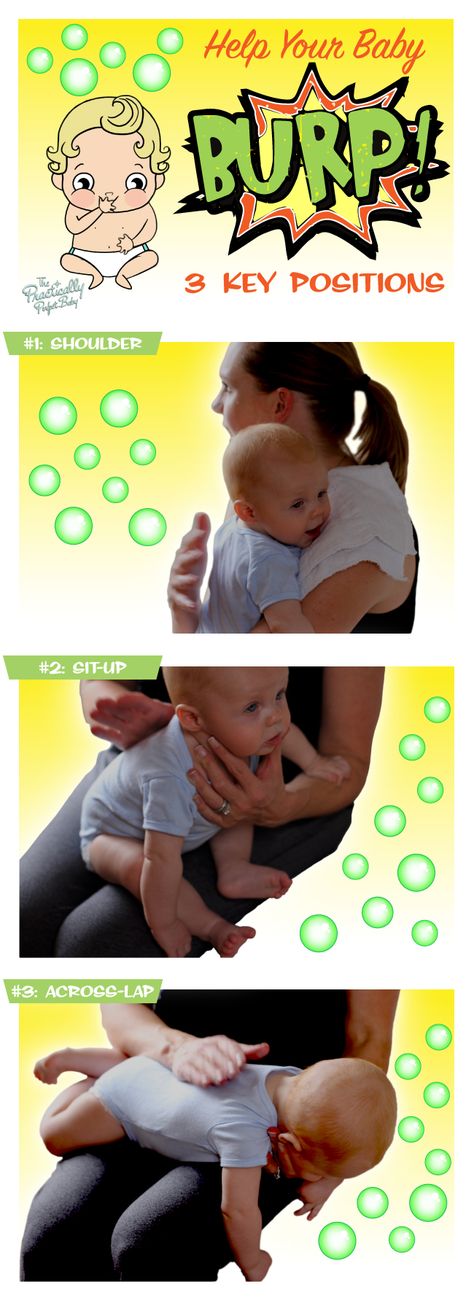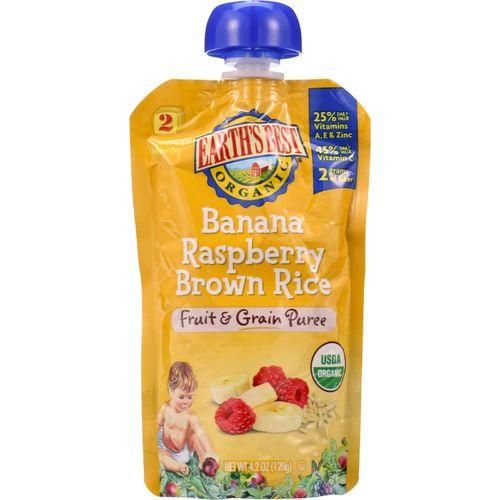Foods to avoid if baby is gassy
What You Can Do To Help Your Gassy Breastfed Baby
What are some common culprits behind your baby's gassiness? Learn the signs, foods that may cause gassiness in your baby, and how to soothe and relieve his or her symptoms.
Share this content
As a new parent, it can be stressful and upsetting to see and hear your baby cry. That’s especially true if you've checked off all the usual suspects— dirty diaper, empty belly, discomfort, or over-tiredness —and you still can’t seem to soothe your little one.
Gas is something that many newborns experience, and it can be painful for them! It isn't always the first thing that parents remember to consider, since it's not something easily visible.
Signs Your Breastfed Baby is Gassy
If you suspect excess gas could be the culprit causing your baby’s fussiness, there are several signs that may indicate you are correct:
- Burping. It’s possible your baby has swallowed too much air while nursing or crying for a long period.
- Spitting up. While spitting up is perfectly normal, gas that’s trapped in the stomach can push breast milk back up and cause your baby to spit up.
- Bloated tummy. This could be a sign that gas has built up in your baby’s stomach.
- Flatulence. Every baby toots, but if they’re doing so excessively, it could mean they have excess gas.
- Arched back, legs drawn toward the tummy. The discomfort from gas pains will make a baby try to adjust to alleviate it.
Gassy Baby Causes
Gas in a breastfed baby is not uncommon and can be attributed to several factors:
- Gulping while feeding. If your milk let-down reflex is strong, your baby may gulp your milk to keep up and swallow extra air in the process. If that’s the case, your little one may do better nursing in a more upright position, so he or she has better control over milk intake and flow.
- Introducing a bottle.
 If your baby is used to the breast and you begin feeding with a bottle, it may take some getting used to at first. As a result, he or she may swallow too much air while eating.
If your baby is used to the breast and you begin feeding with a bottle, it may take some getting used to at first. As a result, he or she may swallow too much air while eating. - Constipation. When your baby is constipated, they may have gas trapped in their tummies that they’re having a hard time releasing.
- Crying. If your baby has been crying for a long time, they may be gulping in air in the process.
- Mom’s diet. Food that you’ve eaten can make your baby gassy as well. Certain foods such as dairy, soy or wheat may contribute to gassiness in your little one. Keep a food journal of what you eat to see if you can pinpoint the culprit in your diet.
Foods That Make Breastfed Babies Gassy
Though a baby’s gas is not commonly linked to mom’s diet, there are certain gas-inducing foods that could give both a breastfeeding mom and her baby gas. These include:
- Fiber. Foods like bran, beans, and whole grains.

- Fruit. Citrus fruits, prunes, plums, peaches, or apricots.
- Vegetables. Broccoli, cabbage, and Brussel sprouts.
- Garlic. Garlic-seasoned foods like pasta dishes or garlic bread.
- Dairy. Yogurt, ice cream, or milk products.
- Carbonated beverages. If they make you burp, they could make your baby gassy too.
It’s not necessary to give up all your favorite foods when pregnant and/or breastfeeding. Health experts recommend only making dietary changes if you see a direct connection between something you’ve eaten and your baby's gassiness.
Additionally, if you’re still breastfeeding after your little one begins solids or finger foods, it’s easier to detect what food might be the culprit and then eliminate it.
Relieving Gassy Babies
There are several effective ways to help relieve your baby’s gas pains and soothe them. Try a combination of these to find what works best for your little one.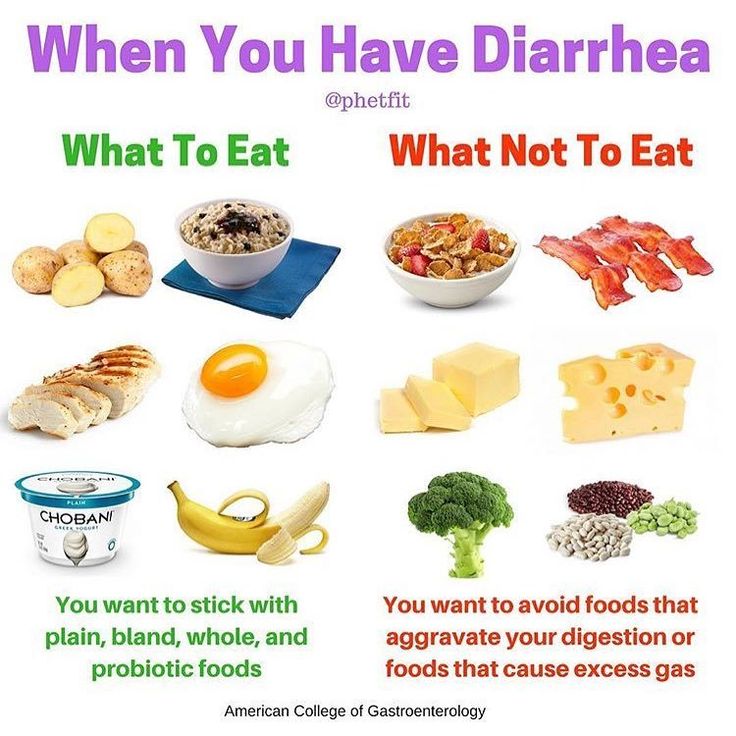
- Burp twice. Try to coax two burps out of your baby instead of just one.
- Sit upright. Hold your baby in an upright position while burping. This makes it easier to expel gas.
- Tummy time. Laying your baby on their tummy will help to push gas out.
- Bicycle exercises. Put your baby on his or her back and move their legs in a pedaling motion, similar to cycling on a bike. This helps with constipation as well.
- Massage the tummy. A gentle massage can help move gas out.
- Adjust baby’s latch. Make sure your baby is latching correctly to avoid swallowing too much air.
Don't worry, mama - Gas is typically a normal occurrence and most babies experience gassiness from time to time! With some minor adjustments, you can soothe your little one and help them get through the discomfort of gas.
Foods to Eat or Avoid When Breastfeeding
Reviewed by Poonam Sachdev on June 26, 2022
It’s a good source of protein.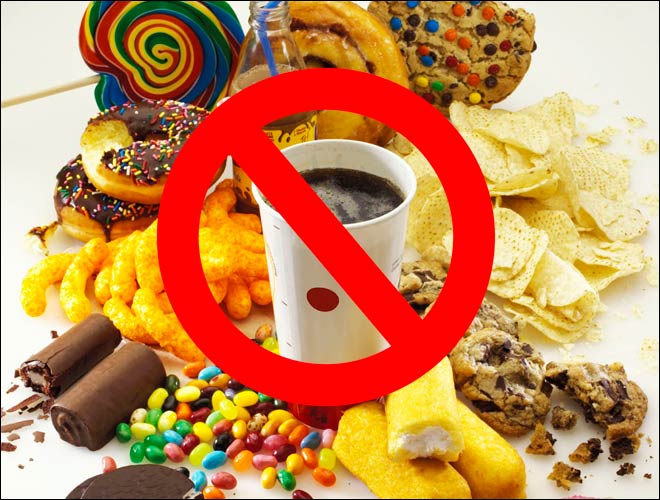 Some, like salmon and tuna, also give you omega-3s, which your body needs. But what about mercury and other contaminants? You can have cooked seafood twice per week. Each serving can be up to 6 ounces, which is the size of two decks of cards. Choose types that are lower in mercury, such as salmon, tilapia, and trout. Avoid shark, swordfish, king mackerel, and tilefish, which have high levels of mercury.
Some, like salmon and tuna, also give you omega-3s, which your body needs. But what about mercury and other contaminants? You can have cooked seafood twice per week. Each serving can be up to 6 ounces, which is the size of two decks of cards. Choose types that are lower in mercury, such as salmon, tilapia, and trout. Avoid shark, swordfish, king mackerel, and tilefish, which have high levels of mercury.
Love hot sauce? Most babies can handle it and other fiery foods in your diet. But if your little one is gassy or colicky and gets diarrhea every time you sprinkle red pepper flakes over your pizza, cut back on the heat for a few weeks to see if that helps.
They’re full of flavor. But some herbs may affect how much milk your body makes. For instance, eating a lot of parsley could curb lactation. And too much sage and peppermint may cut your milk supply. For some nursing moms, even peppermint-flavored toothpaste and candies are a problem.
It’s rarely a problem. But see how your baby does.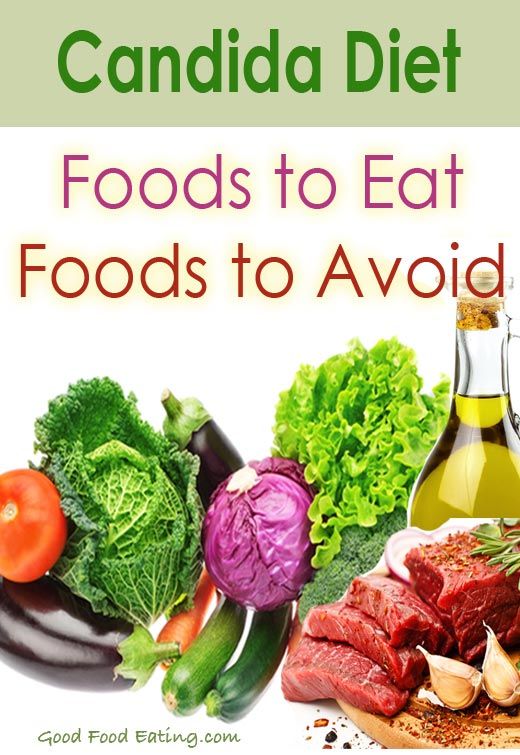 Tell your pediatrician if your tot gets skin problems, has trouble breathing after breastfeeding, or has other symptoms.
Tell your pediatrician if your tot gets skin problems, has trouble breathing after breastfeeding, or has other symptoms.
As refreshing as your cup of chai or Earl Grey may be, it has some downsides. It’s got caffeine, which can affect your sleep – and your baby’s. It may also make it harder for your body to absorb iron, which you need for energy. If you drink hot or iced tea, try not to sip it when you eat foods that are rich in iron, such as lean meat; dark, leafy greens; and fortified breakfast cereals.
What if you aren’t allergic, and you want to prevent your baby from developing an allergy? Sorry, but there’s no proof that you can do that by skipping specific foods. Cutting certain foods out of your diet may make the skin condition eczema less likely for your little one. Ask your doctor or pediatrician for advice.
Breastfeeding can make you thirstier than you usually are. If that’s the case, drink a glass of water every time you breastfeed. But no matter how parched you feel, don’t go for regular sodas or fruit drinks, which give you calories without nutrition.
It's best for your baby if you don't have any booze at all. But if you do choose to drink, don’t breastfeed until the alcohol has completely cleared your milk. For 12 ounces of beer, 5 ounces of wine, or 1.5 ounces of liquor, wait at least 3 hours. Pumping doesn’t speed that up.
Common culprits include beans, broccoli, cabbage, and Brussels sprouts. Bloating, burping, and passing gas are normal. But if your baby is gassy or has colic, avoid these foods for a few weeks to see whether they relieve the symptoms.
Both have caffeine. You’ll also find it in energy drinks and cola. If you’re lost without your latte, limit yourself to 2-3 cups per day of the brewed kind. Or you could switch to decaf.
IMAGES PROVIDED BY:
1) Getty
2) Getty
3) Getty
4) Getty
5) Getty
6) Getty, iStock
7) Getty
8) Getty
9) Getty
10) Getty
SOURCES:
Mayo Clinic.
The Children's Hospital of Philadelphia.
La Leche League.
The American Academy of Pediatrics.
U.S. Department of Agriculture.
© 2022 WebMD, LLC. All rights reserved. View privacy policy and trust info
Top 7 Foods That Cause Gas and Bloating
Gas in a healthy person occurs on average 5-15 times a day. But it happens that the number of such episodes increases or the gases acquire a sharp unpleasant odor.
During social distancing and wearing medical masks, this may not be as noticeable, but it still causes discomfort for many people, especially if accompanied by bloating and pain.
Excessive gas formation is most often associated with nutrition.
Knowing the products that cause this effect helps to remedy the situation. When the undigested particles of some of them enter the intestines, bacteria try to break them down and, in the process, release gases. When gas accumulates, it is released.
Foods high in dietary fiber, such as vegetables and legumes, feed good gut bacteria.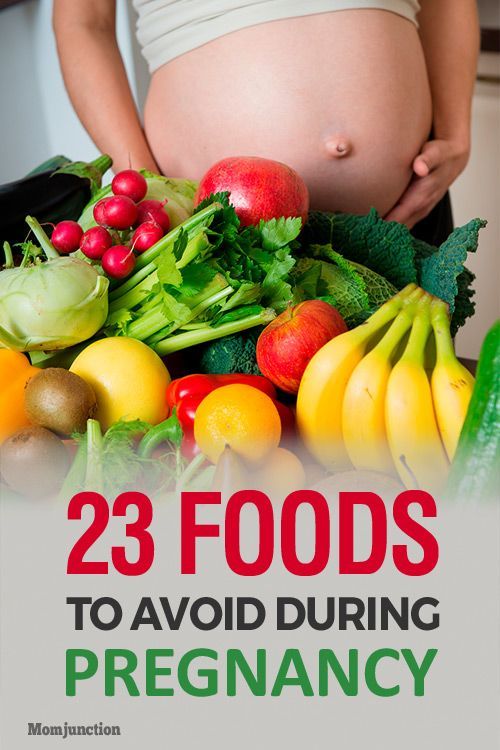 In turn, these microorganisms process fibers into useful substances - vitamins and butyric acid. But at the same time, as a side effect, some bacteria emit gases.
In turn, these microorganisms process fibers into useful substances - vitamins and butyric acid. But at the same time, as a side effect, some bacteria emit gases.
Gastrointestinal diseases and certain conditions can also cause increased gas production. Among them are lactose and gluten intolerance, irritable bowel syndrome (IBS).
Content:
- 1. Legumes
- 2. Cruciferous
- 3. Milk and dairy products
- 4. Gluten products
- 5. Products with inulin
- 6. High protein diet
- 7. Artificial sweeteners
This article is published for educational and informational purposes only and should not be used for diagnosis or treatment or as a substitute for professional advice.
Legumes
Photo by Shelley Pauls / Unsplash Beans, lentils, chickpeas, peas and other legumes contain galactooligosaccharides (GOS) and fructans, which are dietary fibers that the human body cannot break down on its own. But intestinal bacteria do an excellent job with this task and love these products very much, but in the process of splitting them, they release gases.
But intestinal bacteria do an excellent job with this task and love these products very much, but in the process of splitting them, they release gases.
The intensity of gas formation is individual and depends on bacteria: in some people they emit more gases than in others. If a lot of plant fibers, including legumes, are sharply added to the diet, gas formation increases, but with the regular use of these products, this side effect is reduced. Because of this, the transition to veganism or vegetarianism is associated with increased gas formation.
People with irritable bowel syndrome (IBS) are more susceptible to gas discomfort, so some nutritionists recommend a diet low in GOS and fructans, including legumes.
If legumes are scarce in your diet, introduce them gradually. To get started, you can add some lentils or a few beans to a salad, or spread some hummus on a sandwich. So you can avoid increased gas formation.
Cruciferous
Photo by Christophe Dion / Unsplash Cruciferous vegetables like broccoli and cauliflower are common foods that are associated with bloating and gas.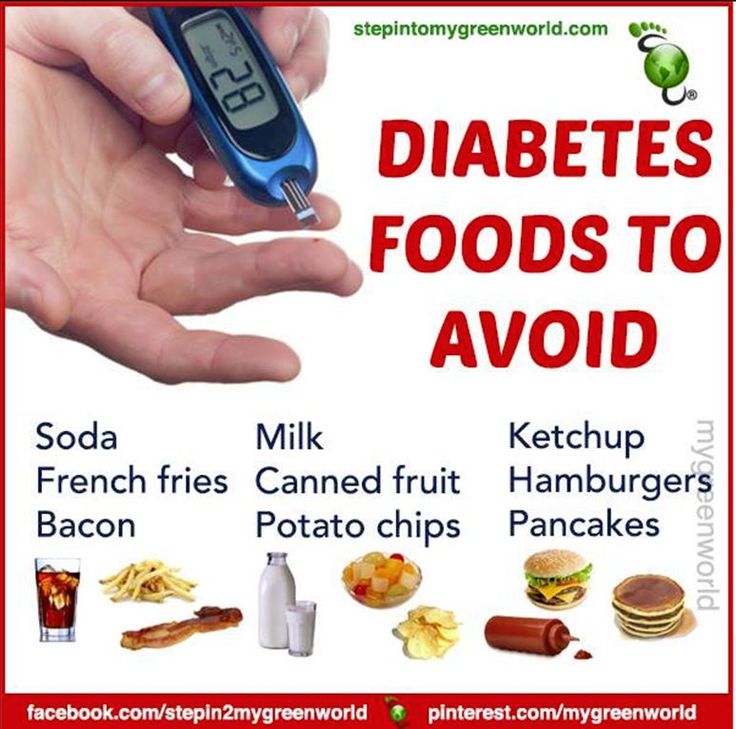 During cooking and chewing, these plants release glucosinolates, sulfur-containing organic compounds.
During cooking and chewing, these plants release glucosinolates, sulfur-containing organic compounds.
Research shows that many gut bacteria convert glucosinolates into sulfates and ferrous ions during the fermentation process. In the future, these substances can turn into hydrogen sulfide, due to which the gases acquire an unpleasant odor.
On the one hand, glucosinolates feed the probiotic bacteria that naturally inhabit the human gut. These bacteria include Lactobacillus and Bifidobacterium. On the other hand, an intestine with too many sulfate-reducing bacteria like Desulfovibrio , can increase the production of hydrogen sulfide, which causes a particularly bad smell.
With the Atlas Microbiota Test, you can find out if there are too many bacteria in your intestines Desulfovibrio responsible for the production of hydrogen sulfide.
Milk and dairy products
Photo by Anita Jankovic / Unsplash If you are lactose intolerant, milk and dairy products cause increased flatulence with an unpleasant odor.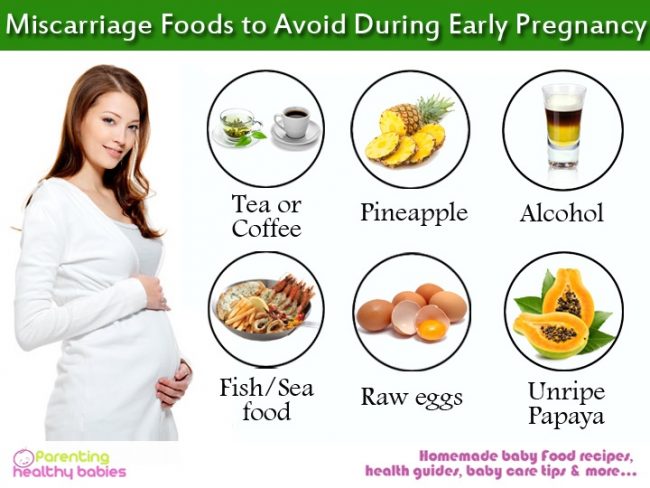 Lactose is a sugar found in milk and is broken down by the enzyme lactase.
Lactose is a sugar found in milk and is broken down by the enzyme lactase.
When the body does not produce enough lactase, dairy products can cause diarrhea, abdominal pain, and severe flatulence within 30 minutes to two hours of consumption.
Flatulence - bloating of the abdomen due to the accumulation of gases.
Probiotic intestinal bacteria like Lactobacillus are able to process and absorb lactose. Their high content in the microbiota may reduce the symptoms of intolerance, especially in people whose diets are high in galactooligosaccharides (GOS).
Products containing gluten
Photo by Angelo Pantazis / Unsplash Wheat, barley, rye and their products contain gluten. This is a protein that causes increased gas production in people with celiac disease - gluten intolerance. Ingestion of gluten into the digestive tract of a person with celiac disease causes an autoimmune reaction that is accompanied by bloating and abdominal pain, as well as diarrhea.
Gluten sensitivity without celiac disease is another gluten-related condition in which the protein causes increased gas production, but without damaging the gut. Research shows that certain gut bacteria break down gluten into particles that trigger an immune system response, which may be one reason for these side effects.
The only way to reduce your immune system's response to foods with gluten is to eliminate them from your diet. But despite the popularity of gluten-free diets, you should be very careful with them. The symptoms of celiac disease are similar to those of other diseases and inflammations of the gastrointestinal tract, therefore, whole food groups can be excluded from the diet only at the direction of a doctor and under his supervision.
Abruptly cutting out grains can lead to nutritional deficiencies and imbalances in the microbiota. And this can even exacerbate the problem of increased gas formation. Always check with your doctor or dietitian before making major changes to your diet.
The Atlas genetic test will help you find out if you have a predisposition to lactose and gluten intolerance.
High protein diets
Photo by Viktor Talashuk / UnsplashHigh protein diets such as keto and meat diets are dominated by beef, eggs, pork, fish and poultry. These products contain a lot of sulfur, which, as a result of fermentation by bacteria, turns into hydrogen sulfide.
Protein Supplements - Protein powders and bars may also contain ingredients that cause excessive gas and bloating. For example, many protein shakes are made with whey from milk, which can cause an unpleasant gastrointestinal reaction in people with lactose intolerance.
Protein bars and shakes also commonly contain low-calorie sweeteners: sorbitol, mannitol, lactitol, xylitol, and food additives that cause flatulence. Also, many protein bars use inulin as a source of fiber, the fermentation of which bacteria releases a lot of gases.
Products containing inulin
Photo by Burhan Rexhepi / Unsplash Inulin, a plant fiber that is indigestible by the human body, is one of the favorite treats of good gut bacteria. But, as we wrote earlier, the joy of bacteria is often accompanied by the release of large amounts of gases.
But, as we wrote earlier, the joy of bacteria is often accompanied by the release of large amounts of gases.
Inulin is a prebiotic that boosts good bacteria like Lactobacillus and Bifidobacteria. It is then converted by intestinal bacteria to butyrate, a fatty acid that supports the health of the intestinal mucosa.
Inulin improves the absorption of magnesium and calcium, micronutrients that support bone health, nerve and muscle function.
Studies show that it also lowers blood sugar and helps control appetite. However, during the fermentation of inulin, microorganisms also release gases, which can cause bloating and cramps, especially if you eat too much of this fiber. According to studies, the daily intake of inulin for healthy people is 10 grams.
Want to learn more about stomach health?
Download the free microbiome book from the Atlas experts!
Sudden addition of large amounts of fiber, including inulin, is likely to cause bloating and gas. Therefore, any dietary fiber should be introduced into the diet gradually, and over time, side effects in the form of bloating and gas will decrease.
Therefore, any dietary fiber should be introduced into the diet gradually, and over time, side effects in the form of bloating and gas will decrease.
Products containing inulin:
| Product (100 gr) | Inulin content (gr) |
|---|---|
| Chicory root | 35.7–47.6 |
| Garlic (dried) | 20.3–36.1 |
| Jerusalem artichoke | 16.0–20.0 |
| Garlic (raw) | 9.0–16.0 |
| Asparagus | 2.0–3.0 |
| Bow | 1.1-7.5 |
| Bananas | 0.3–0.7 |
Remember, fiber should be taken with plenty of water to avoid constipation. Substitute sugar Polyols are sugar alcohols that are not absorbed by the human body. If you get bloated or gas from time to time, it's nothing to worry about and it's most likely related to what you've eaten. However, you should consult a doctor if you experience the following symptoms: The Atlas Microbiota Test helps to assess the level of bacterial diversity in the gut and the ability of microorganisms to break down dietary fiber. The low potential for fiber breakdown may be one of the causes of increased gas and bloating when eating fiber-rich foods. Bloating is most often a symptom of constipation (scientifically speaking, constipation or obstipation), that is, it is a symptom of slow intestinal transit, which may be associated with a decrease in the volume and weight of the stool, although not necessarily. But one cannot limit oneself to simply excluding these enemies of a flat stomach from the diet. Constipation and bloating are also based on bad eating habits: hasty eating, talking while eating, chewing gum, etc. Physical activity, such as fast walking or cycling, will have a great effect on the whole body. Drinking plenty of fluids (not sugary) makes bowel movements easier, reducing bloating. It is also necessary to find time to go to the toilet after eating (better after breakfast in the morning or after lunch), ie. when a bowel movement is more likely due to increased bowel contractions caused by stomach filling (gastrocolic reflex). The term constipation/obstipation comes from the Greek word styphein (narrow) and indicates difficulty in emptying the bowels. This definition includes a number of symptoms now grouped under the more precise definition of Obstructive Defecation Syndrome (OSD), such as excessive effort to defecate, feeling of incomplete bowel movement, bloating, abuse of laxatives or the need to do frequent enemas, and so on. If no bowel movement occurs for more than three days, constipation is diagnosed. The urge to void should increase as the rectum fills with stool. In addition bloating, constipation can cause complications such as hemorrhoids or fissures. An important factor influencing bowel function, bloating, and, consequently, the possibility of constipation, of course, is nutrition. An unbalanced diet is a high intake of foods rich in animal fats (such as meat, dairy products and eggs), sugar (such as cakes and various sweets) and a low intake of fiber (ie vegetables, fruits and whole grains). It should be noted that among all fibers, it is fiber that determines intestinal motility and contributes to its normal functioning, i.e. those contractions that are necessary to move the feces through the intestinal tract to its most final part, that is, the rectum, and, finally, ejection. Research in this area has found that a diet high in fiber leads to an increase in fecal mass, which in turn increases the frequency of bowel movements. This means that minimal changes in diet (but also in lifestyle) can help solve the problem of constipation without going to the doctor or taking medication. Eating more high fiber foods such as whole grains, fruits and vegetables can certainly improve bowel function. A balanced diet must include at least 25-30 grams of fiber per day. However, this recommendation is not valid if a person suffers from irritable bowel syndrome (diarrhea), a bowel disorder that can be exacerbated by a diet rich in fermentable fibers. Foods that promote bowel movement, reduce bloating and create a flatter stomach include vegetables that can be eaten boiled or raw, depending on your preference. Among vegetables, the most suitable are spinach, broccoli, green beans, courgettes and artichokes, steamed and sauteed. Alternative ways to cook vegetables and retain moisture are purees or soups. Say yes to grains like bran, wheat and legumes. These foods are rich in insoluble fiber, which facilitates intestinal transit. Among fruits, give preference to kiwifruit (best eaten in the morning on an empty stomach), pears, plums, figs and apricots. The addition of extra virgin olive oil to the dish helps the stool to remain soft even during long transit through the intestines, facilitating its natural emptying. Eat yogurt or dairy products. Lactobacilli play an important role in maintaining intestinal function and can also be introduced into the diet with the help of drugs and dietary supplements - for example, Lactoflorene Flat Stomach®. Among the foods that should be eaten with moderation are those that are defined as astringents because they contain substances that are not digested and cause the walls of the colon to relax. This disrupts the normal intestinal peristalsis necessary to move the masses towards the rectum. This category of food includes potatoes, carrots, lemons, rice, bananas. In addition to foods that are enemies of a flat stomach, there may be other causes of bloating and constipation. This syndrome is often accompanied by constipation and bloating. Excessive contractions or spasms of the muscles of the colon slow down the passage of feces inside the intestines, which also leads to an increase in water reabsorption, and this, in turn, causes more and more hard stools and, as a result, constipation. Many people suffer from constipation while traveling. This is due to changes in the daily routine, diet, type of water and the difficulty in finding a suitable toilet. In this case, constipation is due to hormonal changes. In such situations, there is pain in the anal canal and spasm of the anal sphincter, which can prevent defecation. Many medicines cause constipation. In these cases, the digestive tract digests food more slowly than usual. Therefore, it takes more time for the feces to form, move through the intestines, and then pass out. In these cases, the muscles responsible for defecation (pelvic floor muscles) do not work properly. They don't relax enough for the stool to come out. In other cases, they may not be compressed enough to move feces through the large intestine. People who routinely take large amounts of stimulant laxatives become dependent on them and may need to gradually increase the dose until the bowels become unresponsive and stop working altogether. Thyroid disorders can cause constipation. Products containing sorbitol chewing gums, some sweets, desserts, ice cream, diabetic products lactitol baked goods, chocolate, confectionery, desserts, chewing gum mannitol confections, jams and jellies, puddings and powdered drink mixes, chewing gum xylitol chewable multivitamins, lozenges, sugar-free gum and certain pharmaceutical preparations (cough syrups)  Instead, they are fermented by bacteria in the large intestine, releasing gases in the process.
Instead, they are fermented by bacteria in the large intestine, releasing gases in the process.
More articles about the causes of digestive problems in the blog:
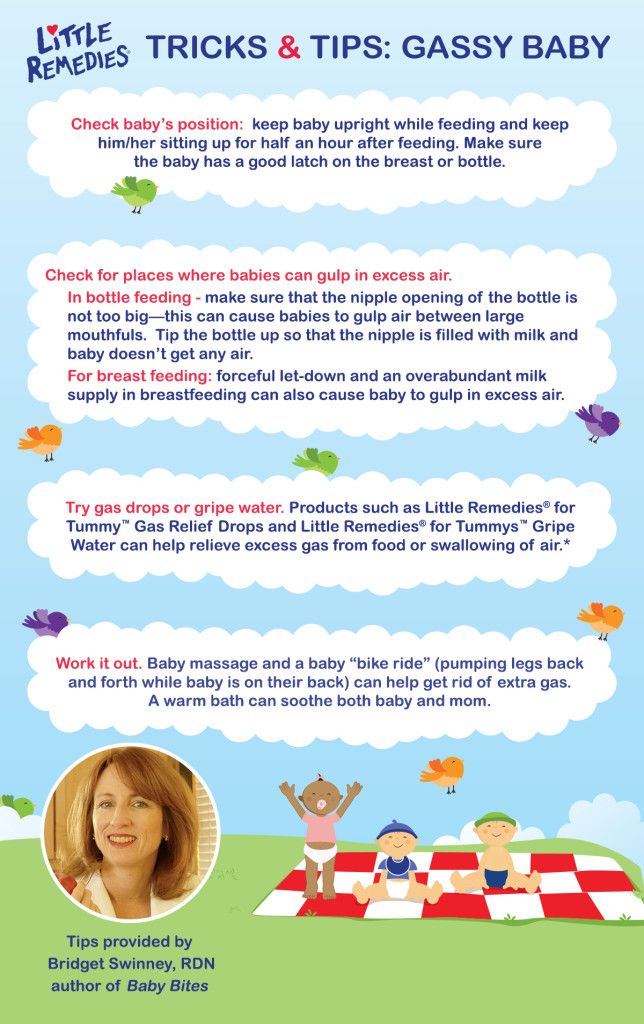 David R. Linden, Hydrogen Sulfide Signaling in the Gastrointestinal Tract, 2014
David R. Linden, Hydrogen Sulfide Signaling in the Gastrointestinal Tract, 2014  Baxter et al., Dynamics of Human Gut Microbiota and Short-Chain Fatty Acids in Response to Dietary Interventions with Three Fermentable Fibers, 2019
Baxter et al., Dynamics of Human Gut Microbiota and Short-Chain Fatty Acids in Response to Dietary Interventions with Three Fermentable Fibers, 2019  Martinez-Monteagudo, Maryam Enteshari, Lactitol: Production, Properties, and Applications, 2018
Martinez-Monteagudo, Maryam Enteshari, Lactitol: Production, Properties, and Applications, 2018 proper nutrition and proper foods
The main opponents of a flat stomach and the main causes of flatulence are diet, insufficient fluid intake, improper eating behavior, sedentary lifestyle, stress, environmental and lifestyle changes. Foods that are the enemy of a flat stomach are those foods that should be avoided for constipation and bloating.
Foods that are enemies of a flat stomach

Useful life hacks: 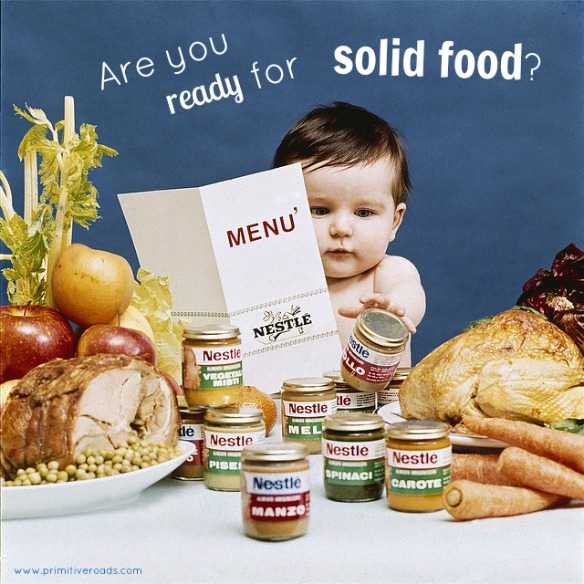
Experts recommend exercising at least 3 hours a week (about half an hour a day).
For optimal results, it is recommended to drink at least 2 liters of water per day and drink with meals.
What is constipation? 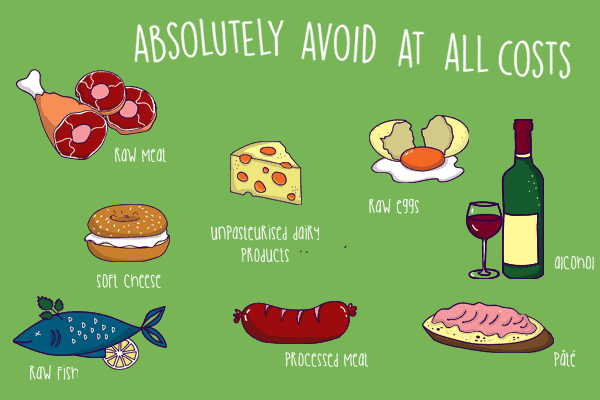
If a person does not feel this need even for several days, this means that his rectum is not full. In this case, it is likely that intestinal transit is slow (true constipation). However, if a person feels the urge but cannot pass a bowel movement, or there is partial/incomplete bowel movement, this means that their rectum is full of feces, but something is preventing proper emptying (constipation due to difficult bowel movements) 
Diet for bloating and constipation 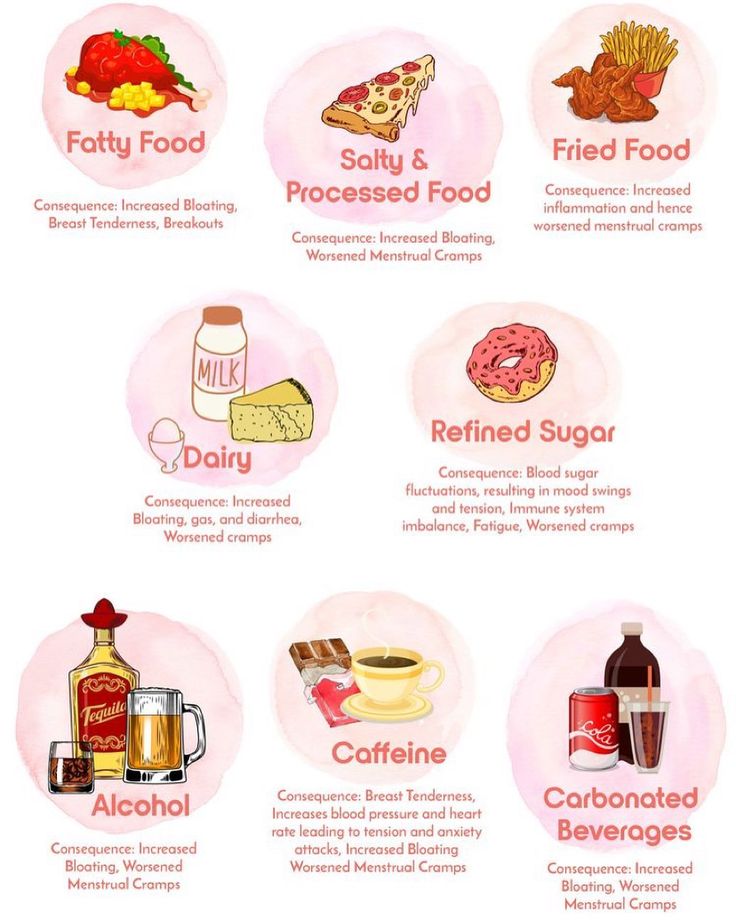
Reduce bloating: boiled or raw vegetables?  The edible peel is better to eat than peel. Fruit can help even when cooked.
The edible peel is better to eat than peel. Fruit can help even when cooked. 
Other causes of bloating and constipation Irritable Bowel Syndrome
Travel
Pregnancy
Fissures and hemorrhoids
Medicines
 In particular, opioid analgesics, antacids containing aluminum or calcium, antispasmodics, antidepressants, tranquilizers, iron, anticonvulsants for epilepsy, antiparkinsonian drugs, heart drugs, or calcium channel blockers for pressure.
In particular, opioid analgesics, antacids containing aluminum or calcium, antispasmodics, antidepressants, tranquilizers, iron, anticonvulsants for epilepsy, antiparkinsonian drugs, heart drugs, or calcium channel blockers for pressure. Colon dysmotility
Pelvic floor dysfunction
Abuse of laxatives
Hormonal disorders

Learn more


